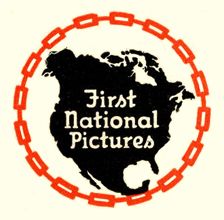
First National Pictures was an American motion picture production and distribution company. It was founded in 1917 as First National Exhibitors' Circuit, Inc., an association of independent theatre owners in the United States, and became the country's largest theater chain. Expanding from exhibiting movies to distributing them, the company reincorporated in 1919 as Associated First National Theatres, Inc., and Associated First National Pictures, Inc. In 1924 it expanded to become a motion picture production company as First National Pictures, Inc., and became an important studio in the film industry. In September 1928, control of First National passed to Warner Bros., into which it was completely absorbed on November 4, 1929. A number of Warner Bros. films were thereafter branded First National Pictures until July 1936, when First National Pictures, Inc., was dissolved.

Paramount Pictures is an American film and television production and distribution company and the main namesake division of Paramount Global. It is the fifth-oldest film studio in the world, the second-oldest film studio in the United States, and the sole member of the "Big Five" film studios located within the city limits of Los Angeles.

Adolph Zukor was a Hungarian-American film producer best known as one of the three founders of Paramount Pictures. He produced one of America's first feature-length films, The Prisoner of Zenda, in 1913.
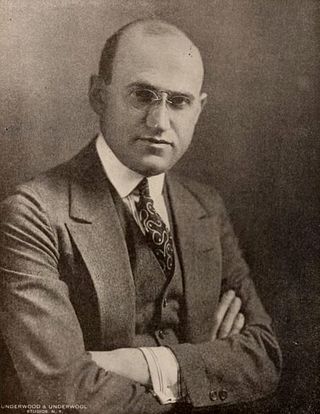
Samuel Goldwyn, also known as Samuel Goldfish, was a Polish-born American film producer. He was best known for being the founding contributor and executive of several motion picture studios in Hollywood. He was awarded the 1973 Golden Globe Cecil B. DeMille Award, the Irving G. Thalberg Memorial Award (1947) and the Jean Hersholt Humanitarian Award (1958).

The Hollywood Heritage Museum, also known as the "Hollywood Studio Museum," is located on Highland Ave. in Hollywood, California, United States.

William Wadsworth Hodkinson, known more commonly as W. W. Hodkinson, was born in Independence, Kansas. Known as The Man Who Invented Hollywood, he opened one of the first movie theaters in Ogden, Utah in 1907 and within just a few years changed the way movies were produced, distributed, and exhibited. He became a leading West Coast film distributor in the early days of motion pictures and in 1914 he founded and became president of the first nationwide film distributor, Paramount Pictures Corporation. Hodkinson was also responsible for doodling the mountain that became the Paramount logo also in 1914. After being driven out of Paramount, he established his own independent distribution company, the W. W. Hodkinson Corporation, in 1917, before selling it off in 1924. He left the motion picture business in 1929 to form Hodkinson Aviation Corporation, and later formed the Central American Aviation Corporation and Companía Nacional de Aviación in Guatemala.

Jesse Louis Lasky was an American pioneer motion picture producer who was a key founder of what was to become Paramount Pictures, and father of screenwriter Jesse L. Lasky Jr.
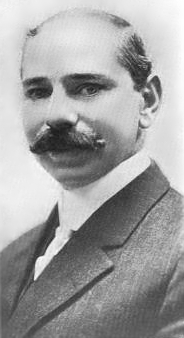
Marcus Loew was an American business magnate and a pioneer of the motion picture industry who formed Loew's Theatres and the Metro-Goldwyn-Mayer film studio (MGM).
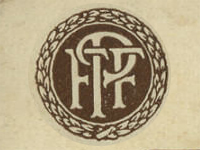
The Famous Players Film Company was a film company founded in 1912 by Adolph Zukor in partnership with the Frohman brothers, powerful New York City theatre owners and producers.
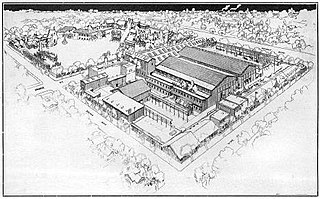
Famous Players-Lasky Corporation was an American motion picture and distribution company formed on June 28, 1916, from the merger of Adolph Zukor's Famous Players Film Company—originally formed by Zukor as Famous Players in Famous Plays—and the Jesse L. Lasky Feature Play Company.

Helen Marguerite Clark was an American stage and silent film actress. As a movie actress, at one time, Clark was second only to Mary Pickford in popularity. All but five of her films are considered lost.
The Frohman brothers were American theatre owners, including on Broadway, and theatrical producers who also owned and operated motion picture production companies.

To the Last Man is a 1923 American silent Western film based on the 1921 novel by Zane Grey, produced by Adolph Zukor and Jesse L. Lasky from Famous Players–Lasky, distributed by Paramount Pictures, directed by Victor Fleming, and starring Richard Dix, Lois Wilson, and Noah Beery. The cinematographer was James Wong Howe.

Alexander Lichtman was a film salesman, occasionally working as a film producer. He was president of United Artists in 1935. He proposed the process of block booking to Adolph Zukor, which became industry standard practice. Variety called him "perhaps the greatest film salesman in the history of the business".
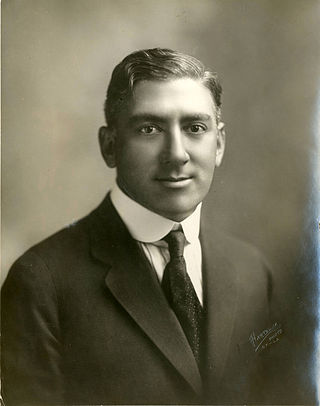
Hiram Abrams was an early American movie mogul and one of the first presidents of Paramount Pictures. He was also the first managing director of United Artists.
Plitt Theatres was a major movie theater chain in the United States and went under a number of names, Publix Theaters Corporation, Paramount Publix Corporation, United Paramount Theatres, American Broadcasting-Paramount Theatres and ABC Theatres and operated a number of theater circuits under various names.
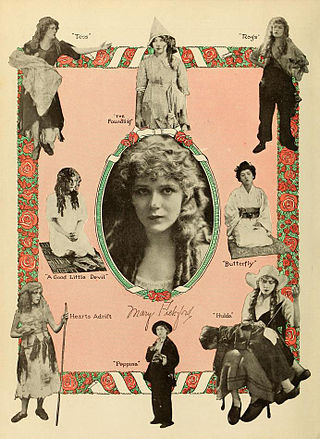
Mary Pickford (1892–1979) was a Canadian-American motion picture actress, producer, and writer. During the silent film era she became one of the first great celebrities of the cinema and a popular icon known to the public as "America's Sweetheart".

Les Amours de la reine Élisabeth, Les Amours d'Élisabeth, Reine d'Angleterre or La reine Élisabeth is a 1912 feature 4-reel French silent film based on the love affair between Elizabeth I of England and the Earl of Essex. It was condensed from a play of the same name and directed by Louis Mercanton and Henri Desfontaines. It was shot in Paris and starred Sarah Bernhardt as Elizabeth and Lou Tellegen as Essex. Bernhardt by then was 68 and said of the film "This is my last chance at immortality". She and Tellegen were already romantically involved, and this was their second film together.
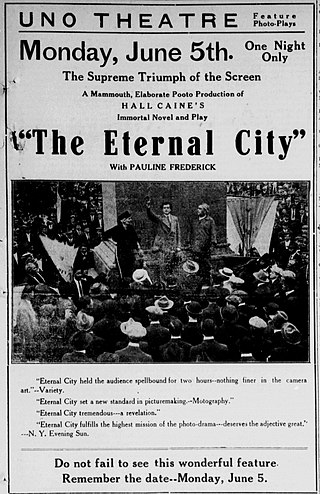
The Eternal City is a 1915 American silent drama film directed by Hugh Ford and Edwin S. Porter, produced by Adolph Zukor. The movie stars Pauline Frederick in her debut film role, The production is based upon the 1901 novel and 1902 Broadway play of the same name by Hall Caine that starred Viola Allen and Frederic De Belleville. Much of The Eternal City was shot on location in England and Italy before being interrupted by the start of the Great War. The film was released through the specially created Select Film Booking Agency for the Famous Players Film Company.

Margaret Illington was an American stage actress popular in the first decade of the 20th century. She later made an attempt at silent film acting by making two films with Adolph Zukor's Famous Players–Lasky franchise.

















